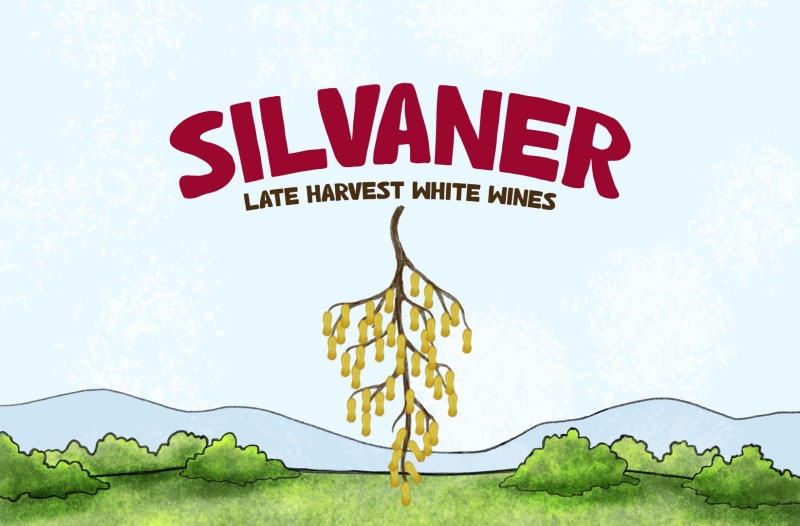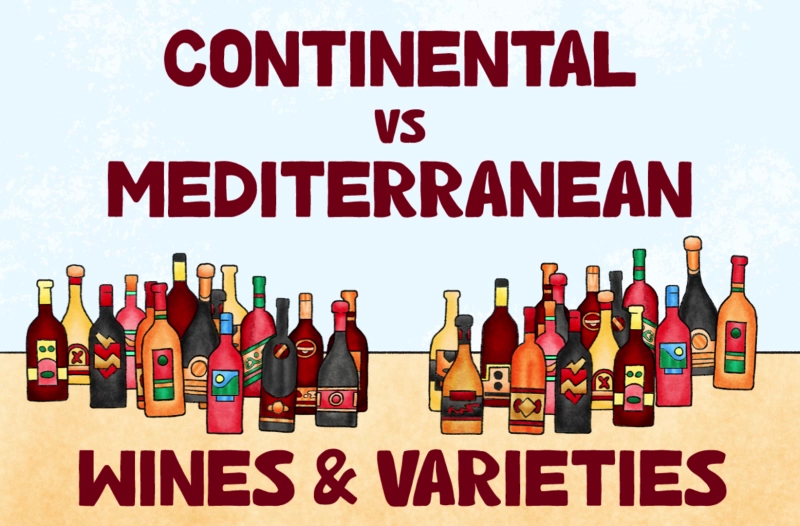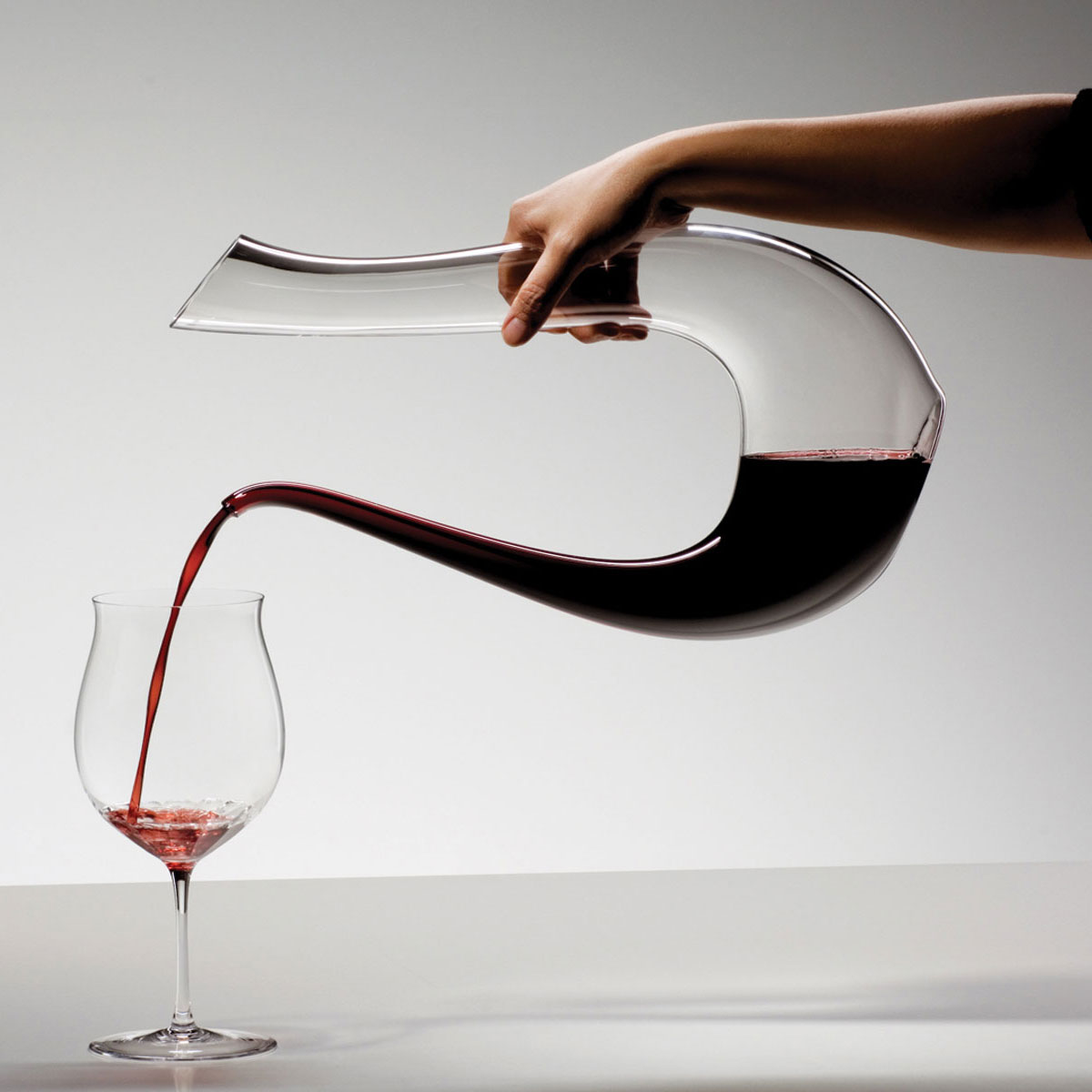Caviar – the black gold of gastronomy
There are several foods in high-end gastronomy that are considered to be ethically questionable and caviar is definitely one of them. In short, what we know as a delicacy called caviar is essentially salted sturgeon roe.
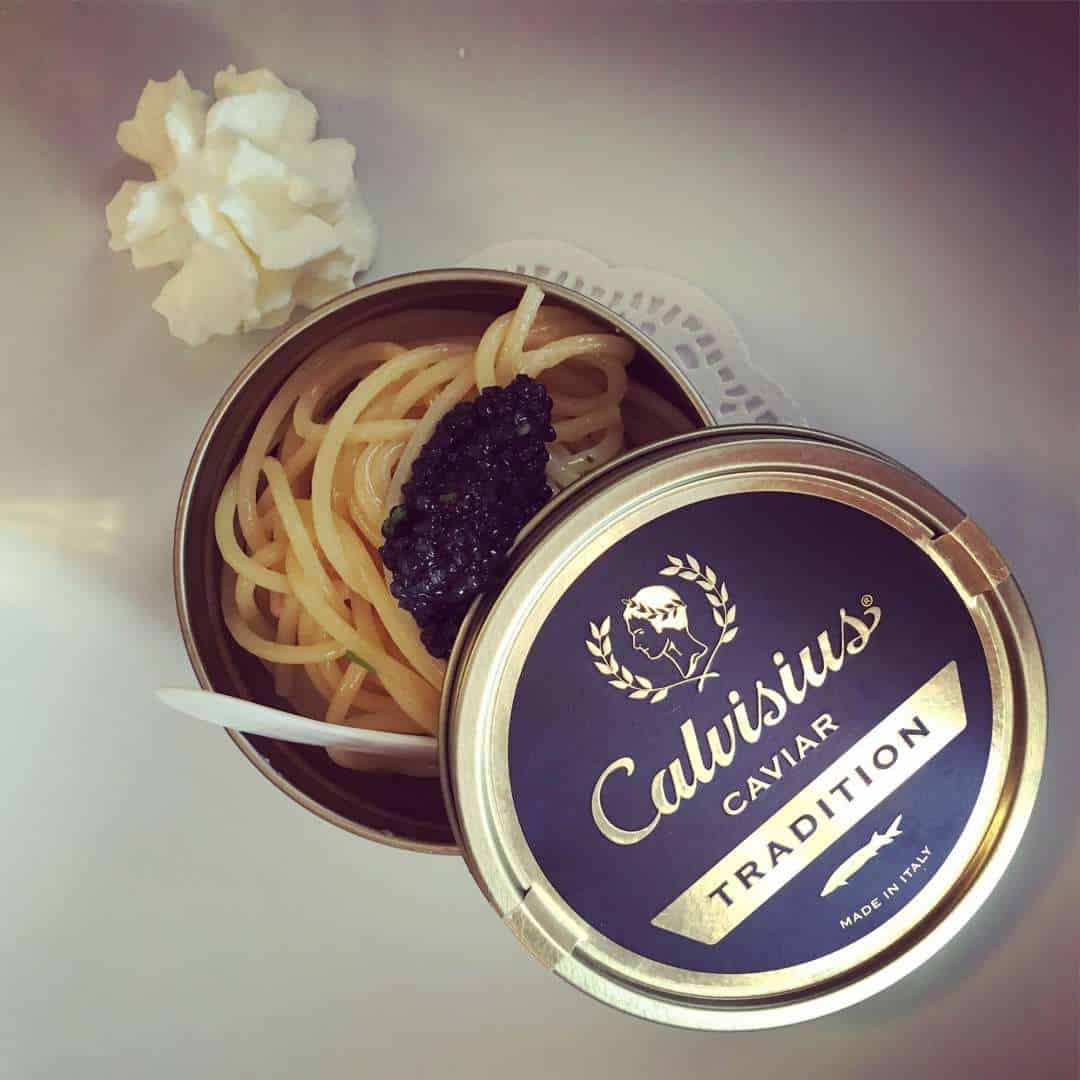
It is extracted from female fish at the peak of fertility, during which process the animal is usually killed. I know this sounds awful, but as it usually happens with us humans – forbidden fruit is the sweetest (or in this case, morally questionable to put it mildly).
Needless to say, people have enjoyed caviar since literally forever, including the great minds such as Leonardo da Vinci. Since ancient times, caviar has been considered a gastronomic extravagance.
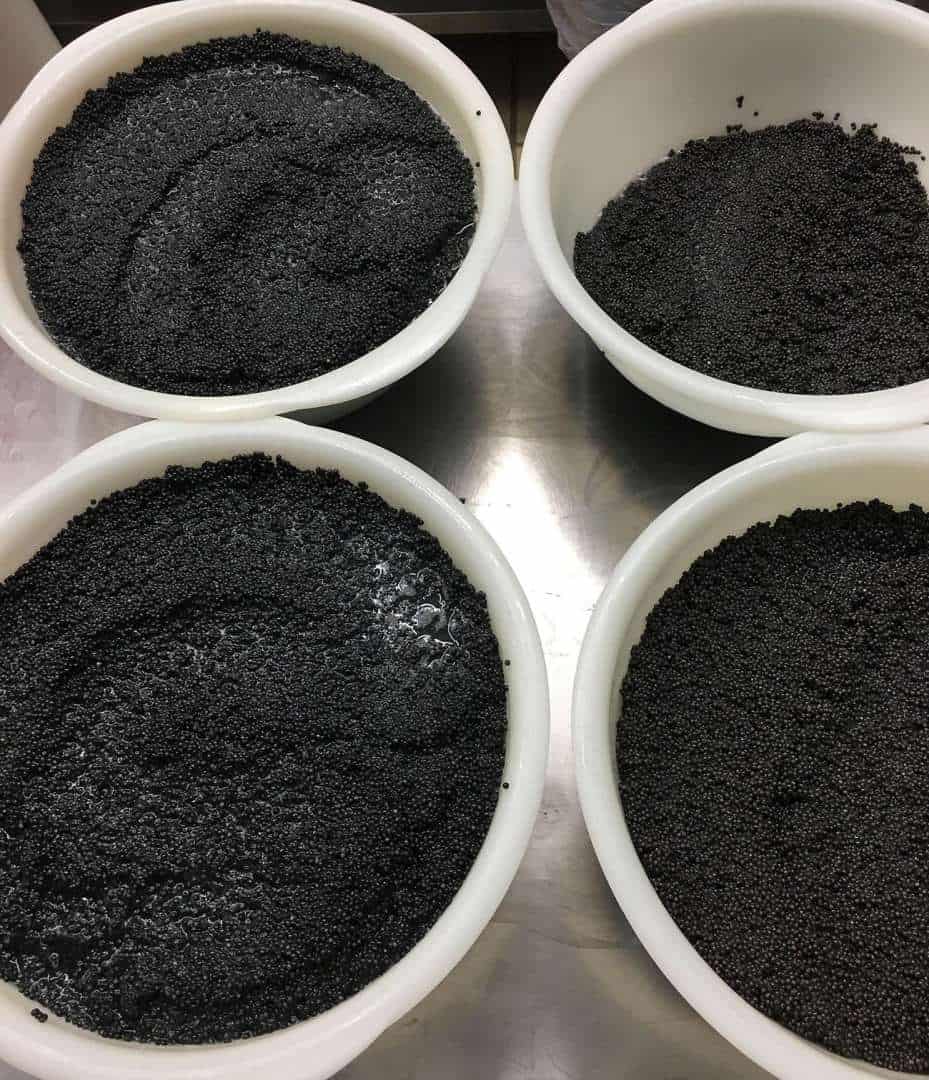
Traditionally, roe extracted from wild sturgeon originating from the Caspian and the Black Sea was considered to be the ultimate delicacy. However, since wild sturgeon was listed as species in danger of extinction in 1998, different types of bans and fishing suspension took place, leading to various controversies regarding the legality of origin and extraction of caviar.
As the world’s demand for caviar was always bigger than supply, all of the above finally resulted in sturgeon farming.
Interestingly enough, besides the Caspian Sea, Italy as well has a history of caviar production, especially since HusoHuso sturgeon (the one from which we extract the most precious Beluga caviar) used to reside in the river Po. Therefore, it’s no wonder one of the most impressive sturgeon farms is surely the Italian Agroittica, under which the brand Calvisius caviar is produced.
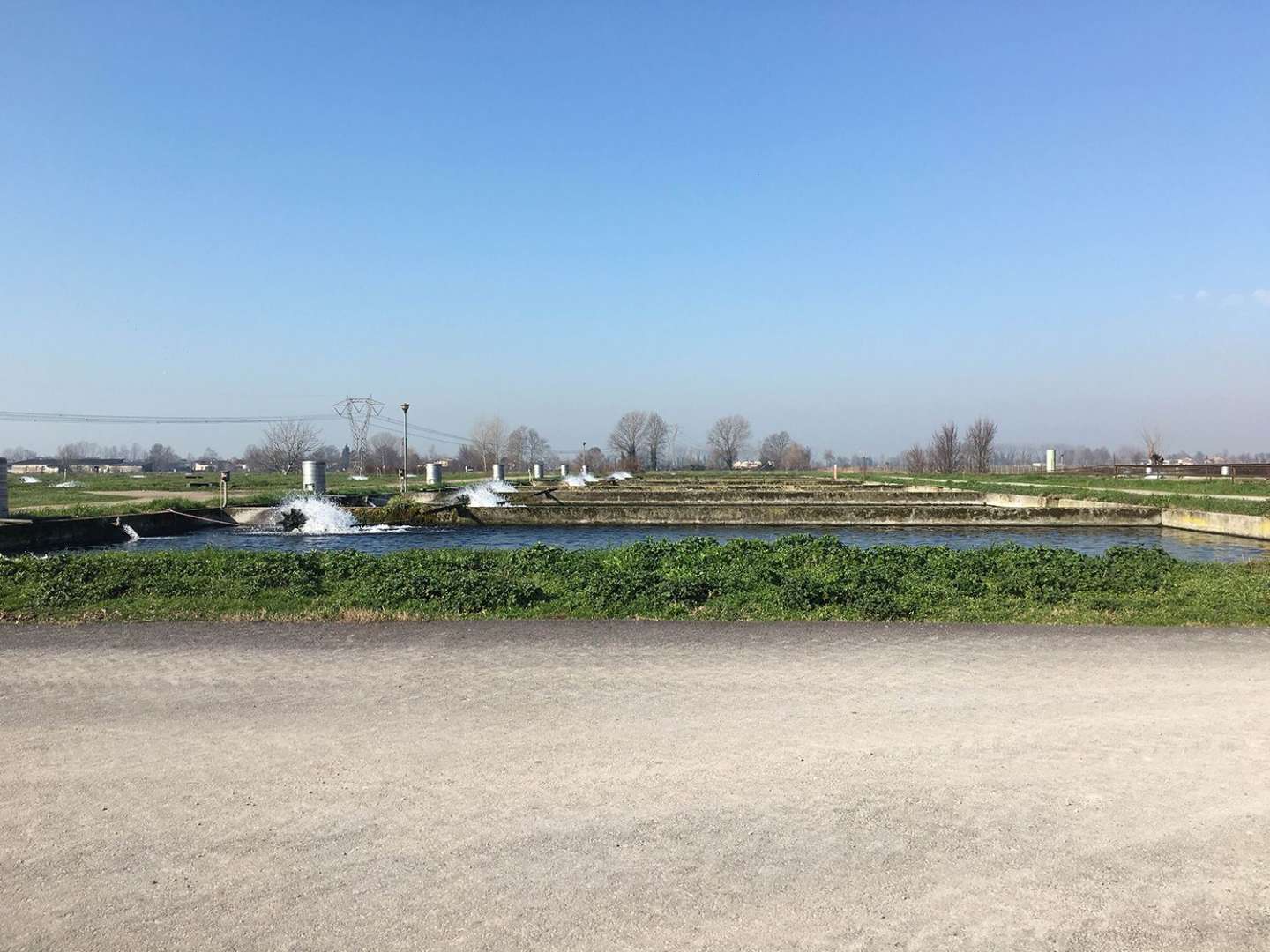
The Agroittica farm
today plays a major role in preserving various types of sturgeon because they breed 6 different ones. Their aim is to produce excellent caviar in a sustainable way, which is a challenging task.
It is a work that requires great patience, dedication, and care for animals. To show you how demanding the task is, let me share one basic fact: the farm started breeding sturgeon in the 1980s, while the first batch of caviar was produced in 1992. The life cycle of sturgeon is quite long and requires some 8-13 years (in HusoHuso case even 20 years) until they start producing roe.
So, although caviar is their final commercial product, Agroittica’s greatest love is actually sturgeon.
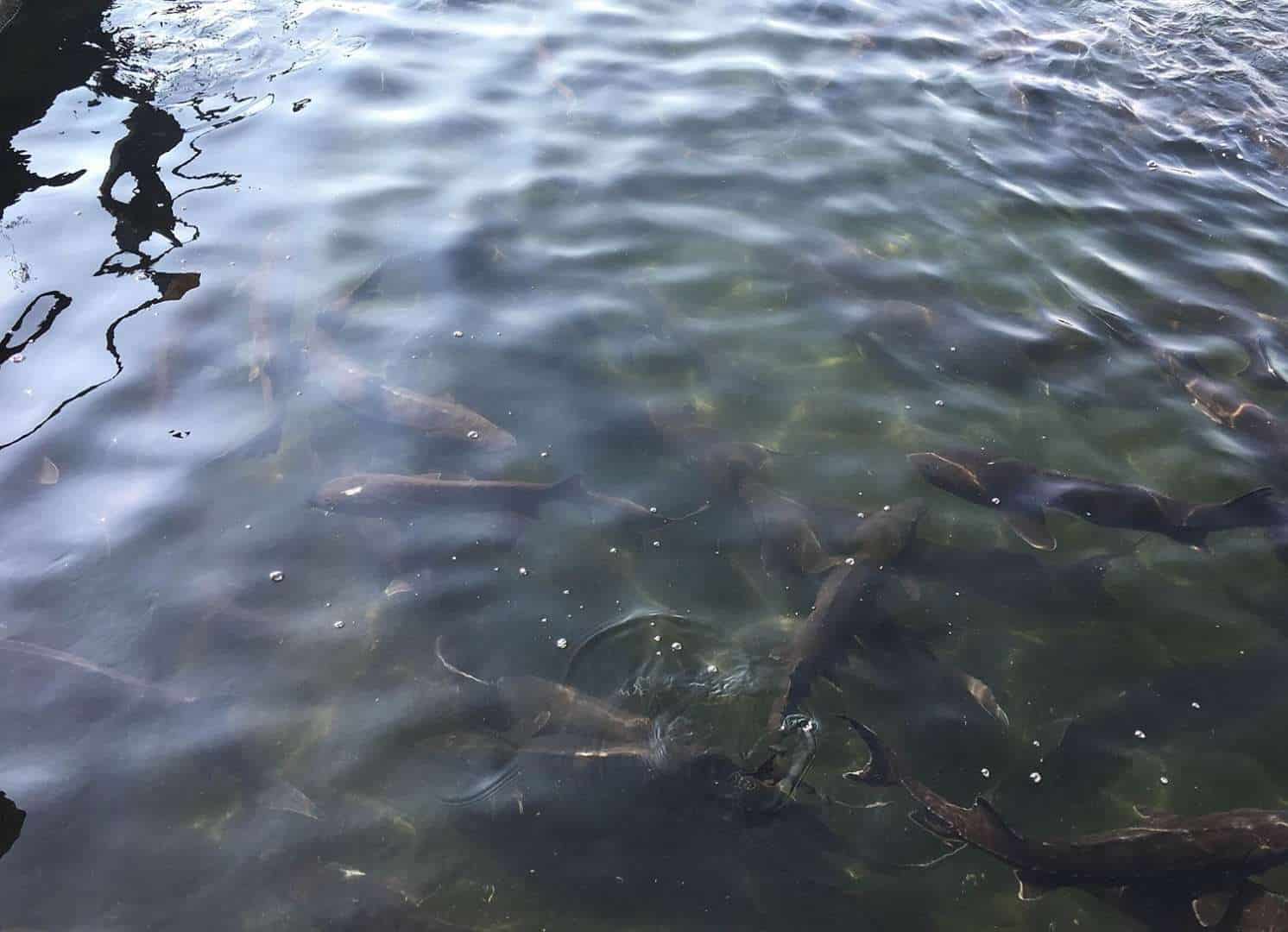
The farm is located near Lake Garda, at the foothill of Italian Alps from which it sources crystal clear water (snowmelt) for natural pools in which these big fish are grown. Just to get the feeling, the farm extends over 150 acres of huge pools that mimic sturgeon’s natural habitat.
I say huge because some sturgeons can grow up to 8 meters and weigh up to 3 tons. Agroittica annually produces around 25 tonnes of caviar, which makes them one of the largest manufacturers in the world (15% of total world’s production).
Out of six types of caviar they produce, I had the opportunity to taste 4 and in different stages of preparation.
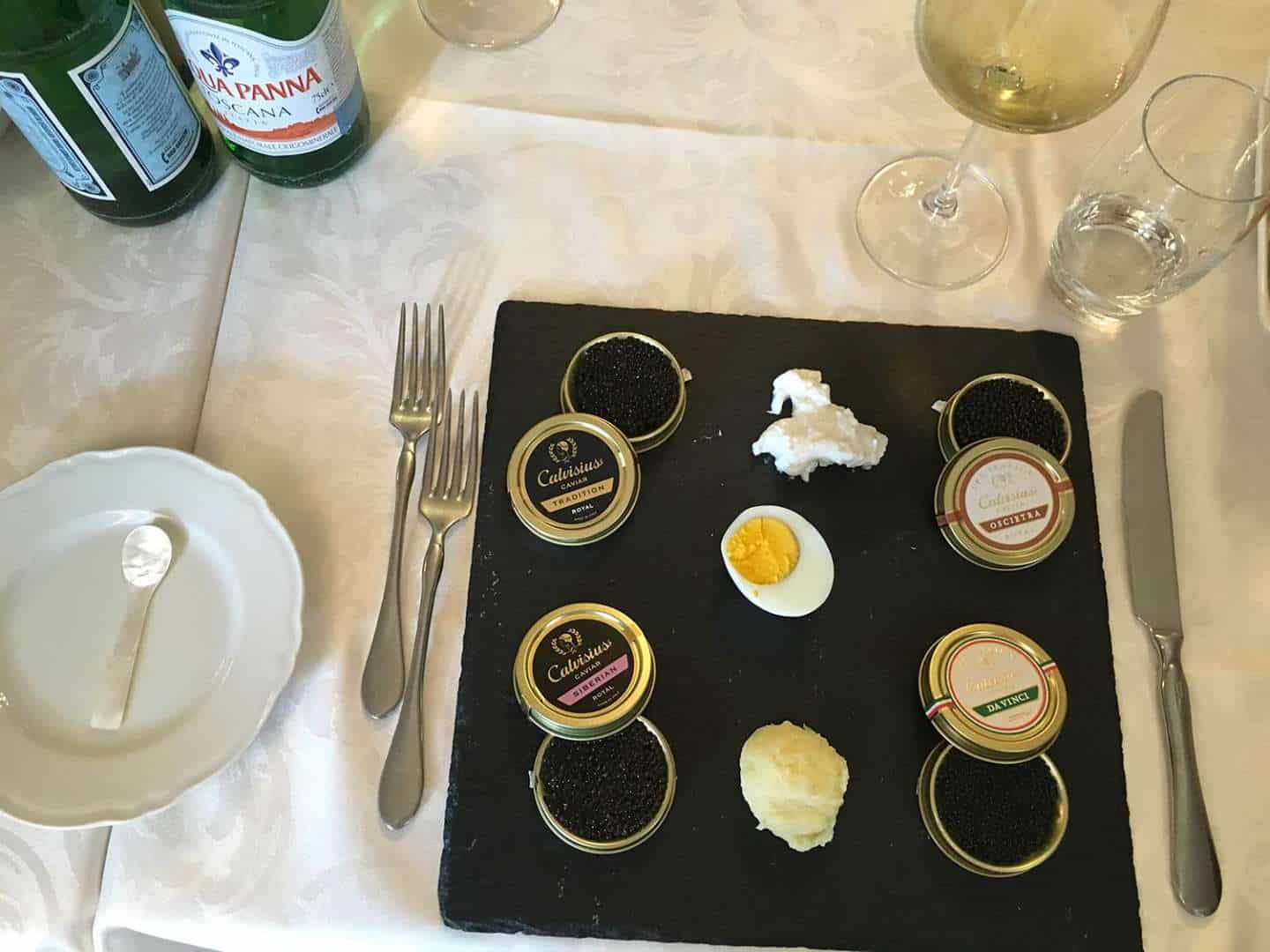
Cavisius caviar is processed in “Malossol” technique meaning the percentage of salt is very low – up to a maximum of 4%. In this way, they manage to preserve all the delicate and gentle notes of caviar’s flavour.
Malossol also marks the premium quality of caviar. Another important aspect is pasteurization. True caviar is un-pasteurized and has a relatively short shelf life (90 days), whereas pasteurized caviar is considered to be of a lower value – both economically and gastronomically.
Traditionally, caviar is packed in tin containers which are a guarantee the roe was treated only with salt (no pasteurization).
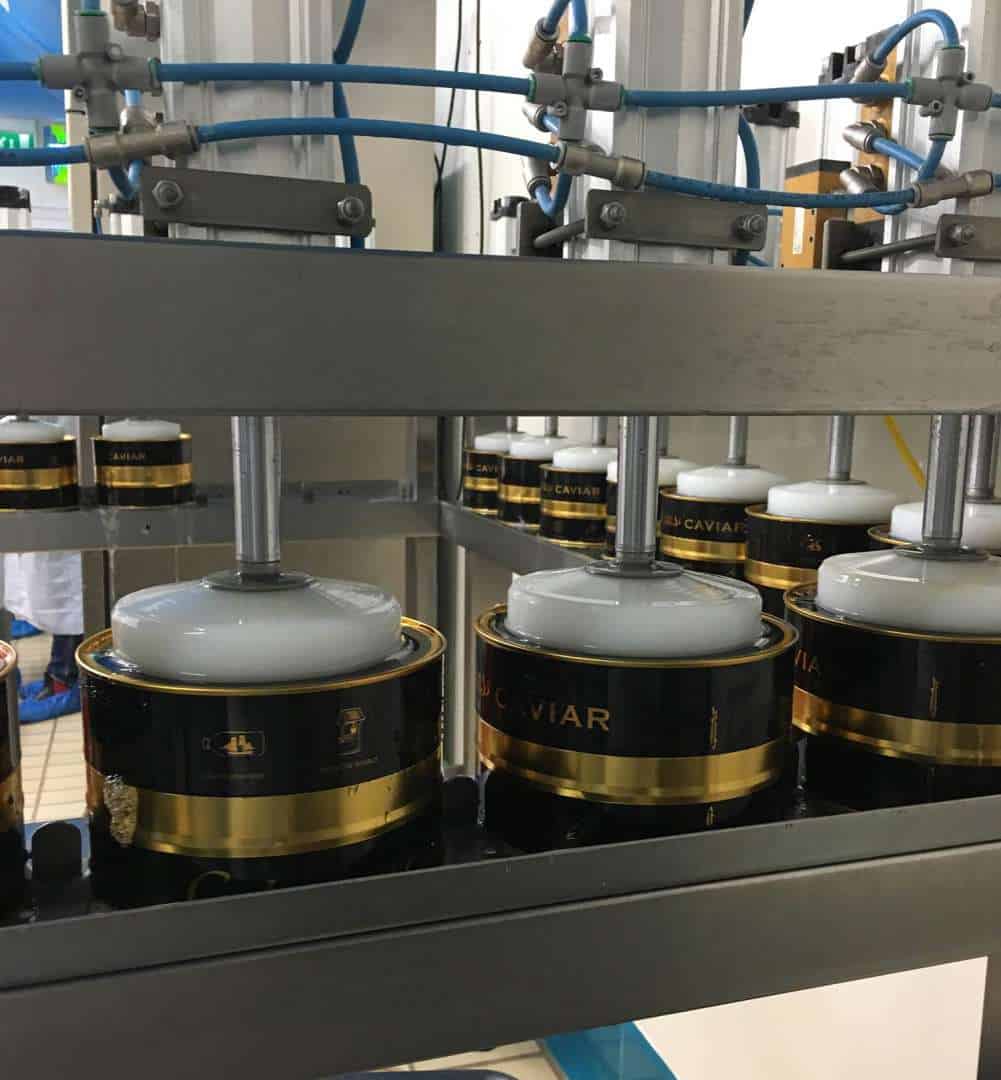
Caviar packed in glass containers is treated with preservatives in order to have a longer shelf life. When it comes to traceability, every tin of Calvisius caviar has a designation of origin stating exactly which sturgeon respective roe comes from.
Fascinatingly, only and exclusively women mix the roe with salt because they have softer hands, since a prerequisite for roe processing is that each roe remains whole. As for the roe itself, employees say they can distinguish the roe of each individual sturgeon just as a mother recognizes her own child. Roe varies in size and colour nuance – from brown and grey to almost black.

There are various ways you can enjoy caviar. The chicest way to appreciate it is served on a mother pearl spoon, but it also pairs nicely with simple ingredients such as pasta, potatoes, eggs or burrata that highlight the creaminess and silkiness of this exquisite delicacy. Champagne and vodka are not obligatory, but always give a little umph 🙂
Caviar is not everyone’s darling, but if you have the chance, you should definitely give it a try.
by: Lucija Bilandžić of Pleasure Seekers
Did you like the story at Wine&More? Share it with your friends, like, comment and earn discounts with Your loyalty program!
Interested in learning more about Croatian wine? “Cracking Croatian Wine” guide will save you time and money in researching. Get your copy here!

















